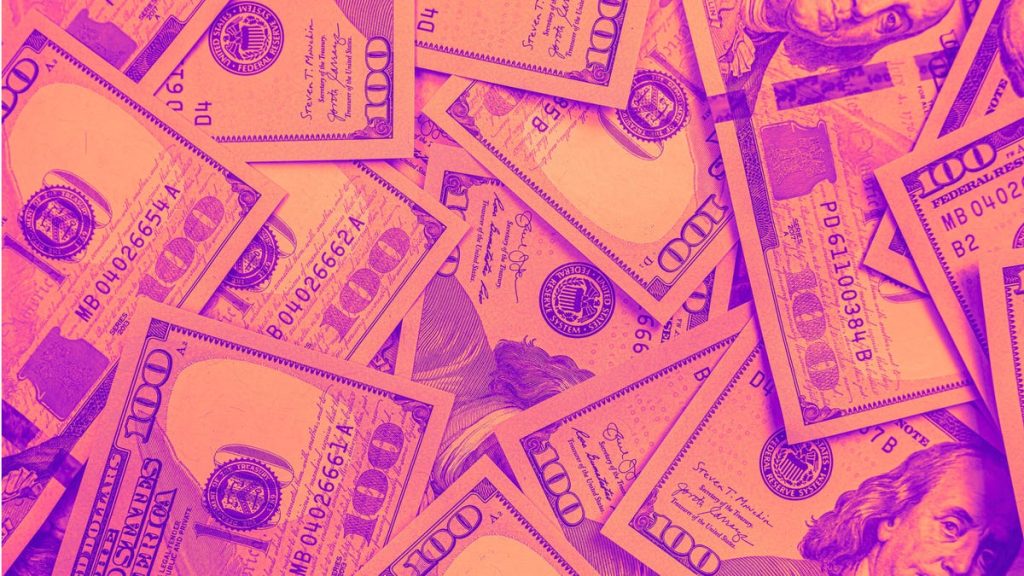High-Yield Certificates of Deposit: A Financial Strategy Among Shifting Rates
Certificates of Deposit (CDs) have historically been a reliable avenue for savers seeking higher returns than standard savings accounts. As interest rates have fluctuated over recent years, particularly following the Federal Reserve’s post-pandemic rate hikes, high-yield CDs have reached impressive annual percentage yields (APY), offering returns as high as 4.75%. However, with the Fed lowering rates again in response to economic conditions, many financial experts predict that CD rates may continue to decrease. Locking in a high APY now ensures that savers can safeguard their earnings against potential future drops in interest rates.
Currently, various financial institutions, particularly credit unions, are providing some of the best CD offers on the market. For example, CommunityWide Federal Credit Union boasts a 4.75% APY for 6-month CDs, and extended terms, such as a 5-year CD from America First Credit Union, can yield a return of 4.25%. Such rates, significantly higher than the national averages, highlight the opportunity for those looking to invest their savings for a specific period without the intention of immediate withdrawal. By locking in these lucrative rates, savers not only maximize their current earnings but also shield themselves from expected declines as the Fed continues to navigate its monetary policy.
The looming question for many is how future Federal Reserve actions will impact CD rates. With recent Fed meetings hinting at more rate cuts, particularly in December, the trend indicates that CDs may experience further declines in rates. Although the Fed does not directly dictate CD rates, changes in the federal funds rate—the interest rate banks charge one another for overnight borrowing—typically lead to similar shifts in consumer savings products. Indeed, the gradual reduction of rates observed since the summer correlates with the Fed’s easing stance as it attempts to stabilize the economy amid inflation concerns.
However, not all financial experts are unified in their predictions for the December Fed meeting. Some believe a rate cut is likely, while others argue for a pause, suggesting that the economy’s resilience may not necessitate further reductions. Whatever the outcome, the consensus remains that if you have funds available for a longer-term investment horizon, now may be an advantageous time to open a CD. Even amidst economic uncertainty, these products can ensure a relatively stable and assured return on investment.
When evaluating CDs, potential savers should diligently compare different offerings to secure the best possible APY. Besides APY, considerations should include the timing for accessing funds, penalties for early withdrawal, minimum deposit requirements, and any associated fees that might impact earnings. Notably, while some banks require a minimum deposit to open a CD, others allow you to start with smaller amounts. As fees can vary significantly among providers, especially between online banks and traditional ones, it is wise to conduct thorough research to avoid eroding potential returns.
Lastly, it is critical to ensure that the financial institution chosen for your CD is insured—either by the Federal Deposit Insurance Corporation (FDIC) or the National Credit Union Administration (NCUA)—to protect your capital in case of institutional failure. Customer reviews and ratings can also guide your decision-making, as satisfied clients typically indicate a reliable institution. By focusing on these factors alongside the promised APY, you can make a well-informed decision that aligns with your financial goals, securing your savings in a CD that will yield competitive returns even amidst fluctuating market conditions.










